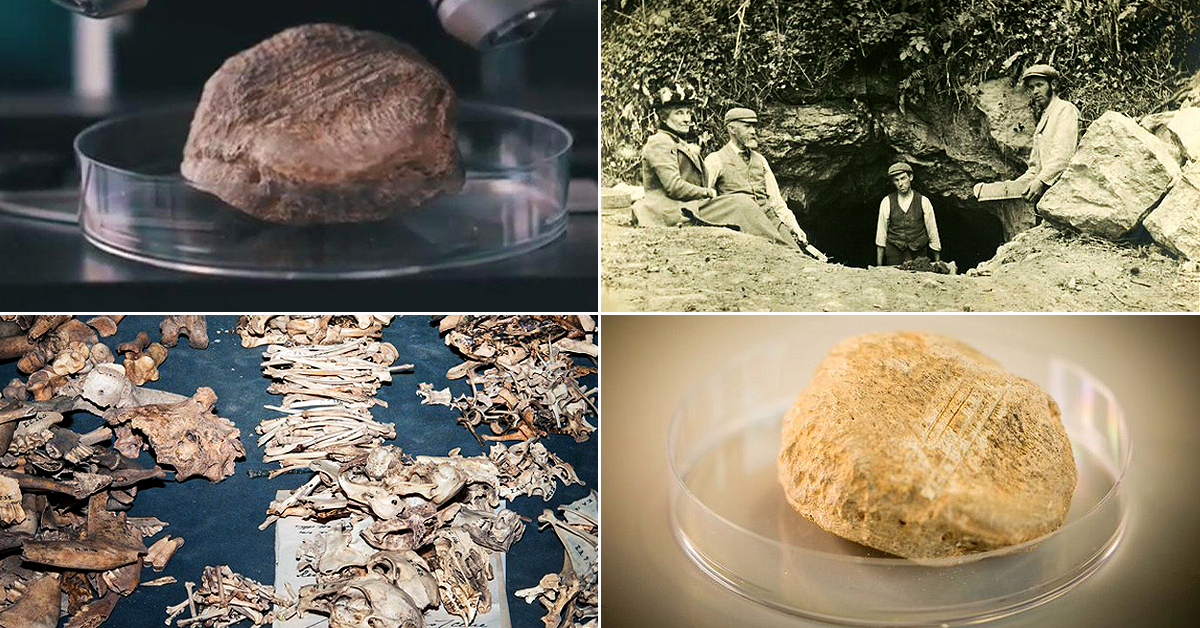


Palaeolithic Ireland
|
An online article on TheGuardian/Agence France-Presse - Human history in Ireland rewritten as scientists get down to bear bones - reports that the animal remains indicate humans existed in Ireland 12,500 years ago, much earlier than previously thought.

Analysis of a bear bone found in an Irish cave has provided evidence of human existence in Ireland 2,500 years earlier than previously thought. For decades, the earliest evidence of human life in Ireland dated from 8,000 BC.
animal remains indicate humans existed in Ireland 12,500 years ago https://t.co/IYDmYPNMzn #archaeology pic.twitter.com/UqFqfmmfgg
— Bradshaw Foundation (@BradshawFND) March 21, 2016
But radiocarbon dating of a bear's knee bone indicated it had been butchered by a human in about 10,500 BC - some 12,500 years ago and far earlier than the previous date.
Marion Dowd, an archaeologist at the Institute of Technology Sligo who was part of the team that made the discovery, states this find adds a new chapter to the human history of Ireland.
The knee bone, which is marked by cuts from a sharp tool, was one of thousands of bones first found in 1903 in a cave in County Clare on the west coast of Ireland. It was stored in the National Museum of Ireland since the 1920's, until Dowd and Ruth Carden, a research associate with the National Museum of Ireland, re-examined it and applied for funding to have it radiocarbon dated.
The team sent a second sample to the University of Oxford to double-check the result. Both tests indicated the bear had been cut up by a human about 12,500 years ago.
The new date means there was human activity in Ireland in the Stone Age or Palaeolithic period, whereas previously, scientists only had evidence of humans in Ireland in the later Mesolithic period.
Three experts further confirmed that the cut marks on the bone had been made when the bone was fresh, confirming they dated from the same time as the bone. The results were revealed in a paper published in the journal Quaternary Science Reviews.
As well as pushing back the date of human history in Ireland, the find may have important implications for zoology, as scientists have not previously considered that humans could have influenced extinctions of species in Ireland so long ago.
The National Museum of Ireland noted that approximately two million more specimens are held in its collections and could reveal more information because of radiocarbon dating.
COMMENTS |
|











